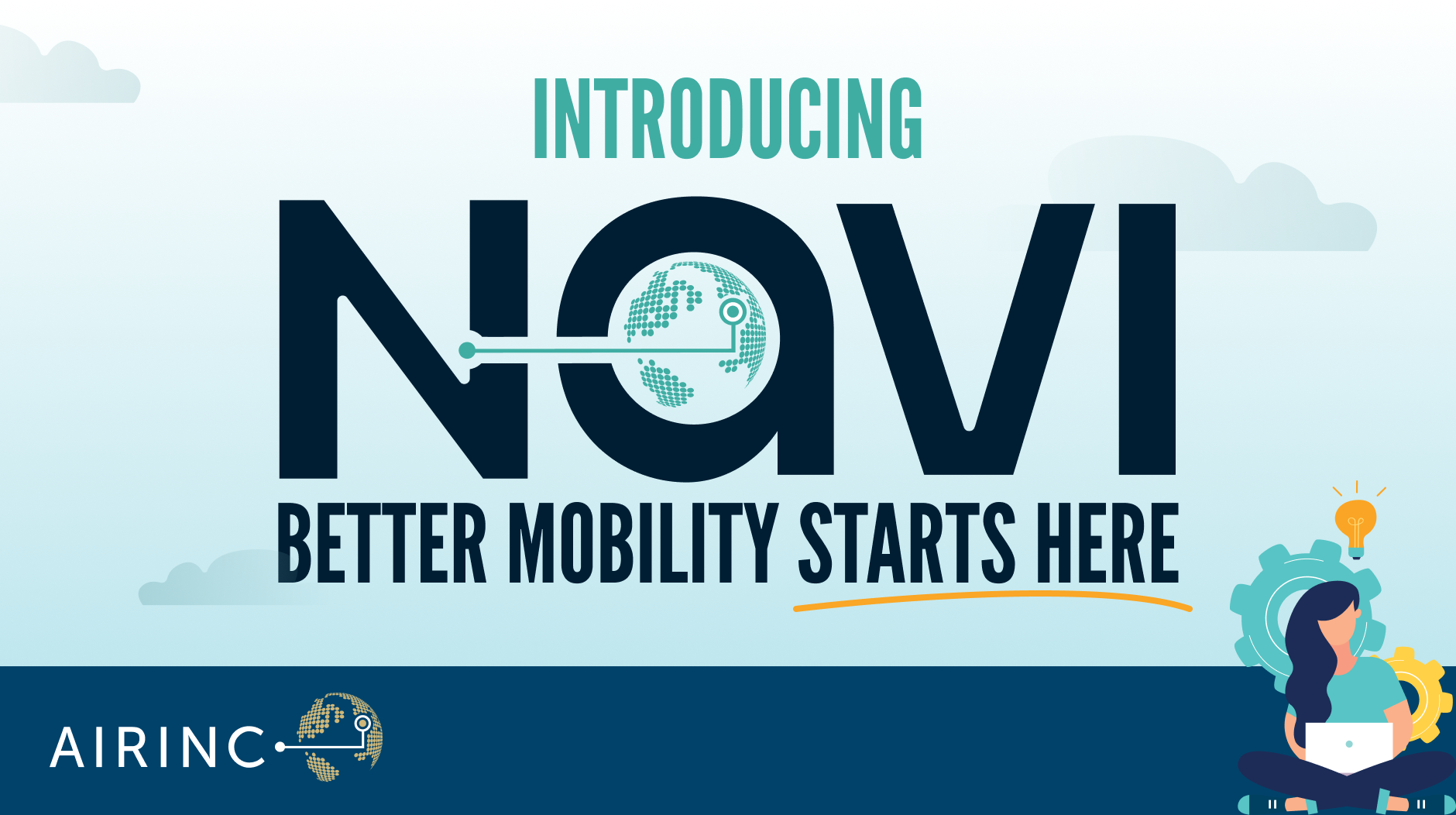An interview with a global Pharma leader
Mobility programs are seeking to partner with talent acquisition/recruiting to help deliver on talent needs. AIRINC recently sat down with a senior mobility partner from one of the leading pharmaceutical companies to better understand how mobility supports their business. We discussed talent philosophy, support strategies, and resources to assist our efforts.
Why is Mobility important at your organization?
While we have some remote positions, our core work must be done in person. Our scientists are working in the forefront of medicine and need to be in the laboratory to do their work. We believe they work best when they are co-located and can brainstorm and collaborate.
This talent is specialized and can be extremely difficult to find. Often our target recruits have graduated from or work in academia in elite universities within the US or across the globe.
Mobility is important because it helps us get the right talent in the right place so we can fulfil our business mission.
What challenges do you face?
Relocation is supposed to equalize, not incentivize. Employees should be incentivized by compensation, employee value proposition, interesting work, etc.
But whether we like it or not, relocation is part of the package offered to new hires and relocating employees. A tight labor market means we need to ensure our packages are competitive and help the employee transfer and settle in so they can be successful in their jobs.
The challenge is ensuring mobility packages are well designed and flexible, so they help equalize and facilitate the move, while ensuring they are not overly generous or negotiable.
Your organization is based in the Bay Area…is it hard to attract talent?
Some people are happy to come to the Bay. Often younger talent who are excited by the job prospects and do not have many obligations are raising their hand to come to California.
But it's difficult to get more senior employees/recruits to relocate. These are key hires for our organization, but they have more personal obligations. Many have children or senior parents who live with them. Adding to these challenges is they have heard stories about high costs which give them pause.
How do you help recruits overcome these relocation & cost challenges?
We started by understanding the problem. In interviews we often hear that it is just too expensive to live in the Bay Area. We worked with our talent partners to develop an approach to help employees better understand their situation which includes financial/tax counseling, Destination Service Provider services, pre-decision trips, etc. Our goal is to help people see past the high costs and understand what our employment offer really means in the right context.
You use AIRINC's Home Purchase Differential report to assist in this process. How does that work?
Our goal is to create long-term talent and we think one of the best ways to do that is to help employees enter the affordable housing market in the Bay Area. The primary barrier to homeownership in California is the large down payment required to purchase a house. We believe if we assist employees with the down payment, we can help to ensure our talent thrives in California now and in the future.
We partnered with AIRINC to develop a data-based approach which provides an equitable assessment of each employee's housing situation. The report compares home values in the origin location with those in the new location to determine if any benefit is needed. If so, the report calculates the necessary uplift to help the employee meet their down payment obligation. We do not cover the full amount, but we do help with a portion of the cost difference.
Why is this type of report important?
We wanted to target only housing. In the past, other solutions have addressed items such as cost of living or taxes. We believe those differences are accounted for via our compensation program which is based on local cost-of-labor. With this report, we wanted to specifically isolate the employee's home costs so we did not provide double payments.
We wanted to do this as a fair and repeatable way to avoid any negotiation on this benefit. From our perspective, fairness brings people to the same level. We wanted to employ a differential approach which this report does. And because it is rooted in data, we can be sure that the calculation is equitable and consistent across our entire employee population.
Any final guidance for other Mobility professionals?
Companies need a comprehensive approach to be successful. Simply throwing cash at employees will not work. To make this program effective, home differential payments need to be paired with other benefits like home finding services and financial counseling. By working with employees to understand their situation and goals, we can provide the guidance and support they need to create personal and business success.




%20(87)%20(1).png)


